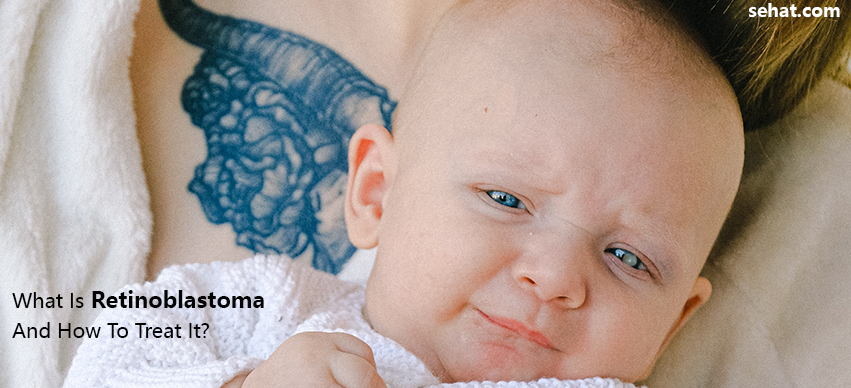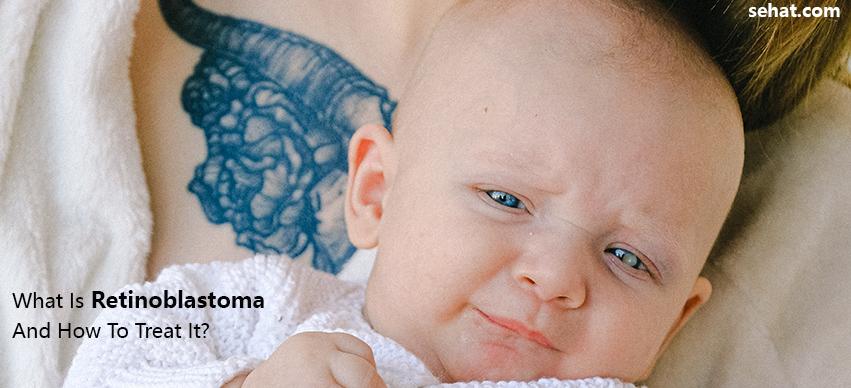Everyday Habits That Can Protect Your Eyes from Damage
4 Min Read


Retinoblastoma is a rare type of eye cancer that generally begins in the retina. It usually happens in childhood. Here are the retinoblastoma- symptoms, causes, and treatment you should know
The obvious and first hint is: the eye does not look right, usually the black pupil could appear white. In a photograph, in place of "red-eye," a child suffering from retinoblastoma will have a pupil that shines white when the light glows on it.
Other symptoms include;
Although all the time, these symptoms may not indicate this condition it is better to visit a doctor.
40% of the cases are hereditary. The retinoblastoma protein is a tumor suppressor protein that becomes dysfunctional in many major cancers. One function of this protein is to stop unnecessary cell growth by impeding cell cycle progression till a cell is ready to divide. When retinoblastoma is hereditary retinoblastoma may be ineffective in doing its work.
It occurs when there is a modification or mutation, in 1 specific gene in a child’s DNA which controls cell division & when it doesn’t work the way it should, cells in the retina develop more than needed leading to this condition. In the majority of the cases, the gene damage occurs randomly, and that too in 1 cell leading to the tumor in just 1 eye.
Besides, if children are born with a damaged gene in all parts of the body they have more chances of having tumors in both eyes. Other cancers can also develop. Such children can pass this condition to their children.
Researchers estimate that one-third of all retinoblastomas are hereditary. And children with inherited retinoblastoma also have increased risks of developing soft tissue or bone sarcomas, as well as osteosarcoma. This directly says that retinoblastoma and osteosarcoma are linked closely.
For a good percentage of curing this cancer, it is mandated that it is found in the early stages. The treatment options include a blend of treatments like;
Strong drugs aid in shrinking the tumor. If the cancer isn’t spread the drugs will be injected directly into the eye or into the vessels that lead to the eye. In case, cancer has spread to other parts or is likely to spread, medicines will be given through a vein or by mouth.
This method is best for small tumors near the eye’s front. In this method, a minor metal probe that is frozen to very low temperatures is used.
Special laser rays are used to kill cancer cells. Heat is applied through the lasers.
A unique kind of laser aims and kills the blood vessels that distribute the tumor.
There are 2 types of radiation therapy. High energy x-rays or particles are used. This method has the chance of saving vision.
Surgery is the last method and is useful when the tumor is big. In surgeries, the eye may be removed.
The surgery cost varies based on the tumor size and the time from which the tumor has been. However, besides, the surgery cost families should also bear post-surgery costs which can be highly burdensome.
It is not possible to prevent non-heritable retinoblastoma.
If you or your partner had retinoblastoma as a child, there are 50% chances of passing this condition to your children. If you have the RB1 gene change or a family history of retinoblastoma, you should consider genetic testing before planning for children. Children with a family history of retinoblastoma must get regular eye examinations beginning at birth. It is important to find and diagnose retinoblastoma in the early stages. Early diagnosis can substantially enhance the prognosis. Early detection of cancer can stop loss of vision.
To sum up, retinoblastoma is majorly curable especially if it has not spread outside the eye. If children are treated for this condition have a close follow-up. Regular checkups are also important to keep this condition in check.